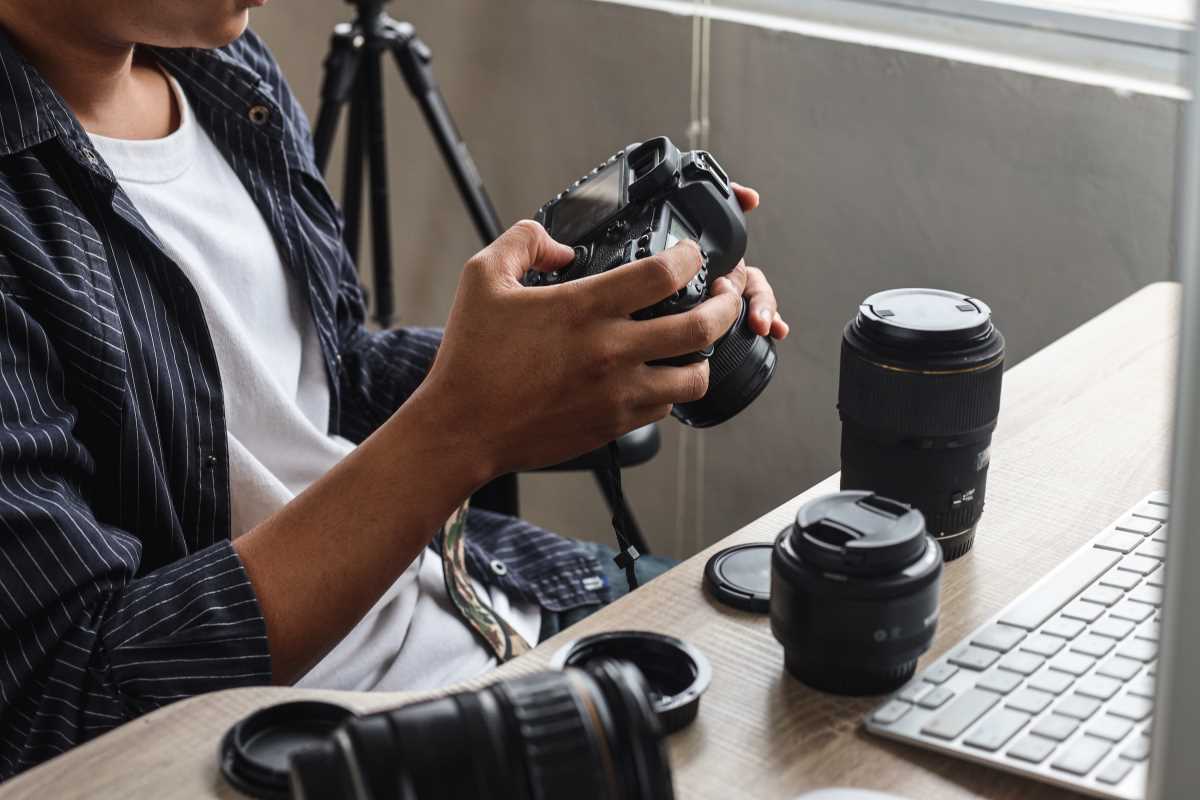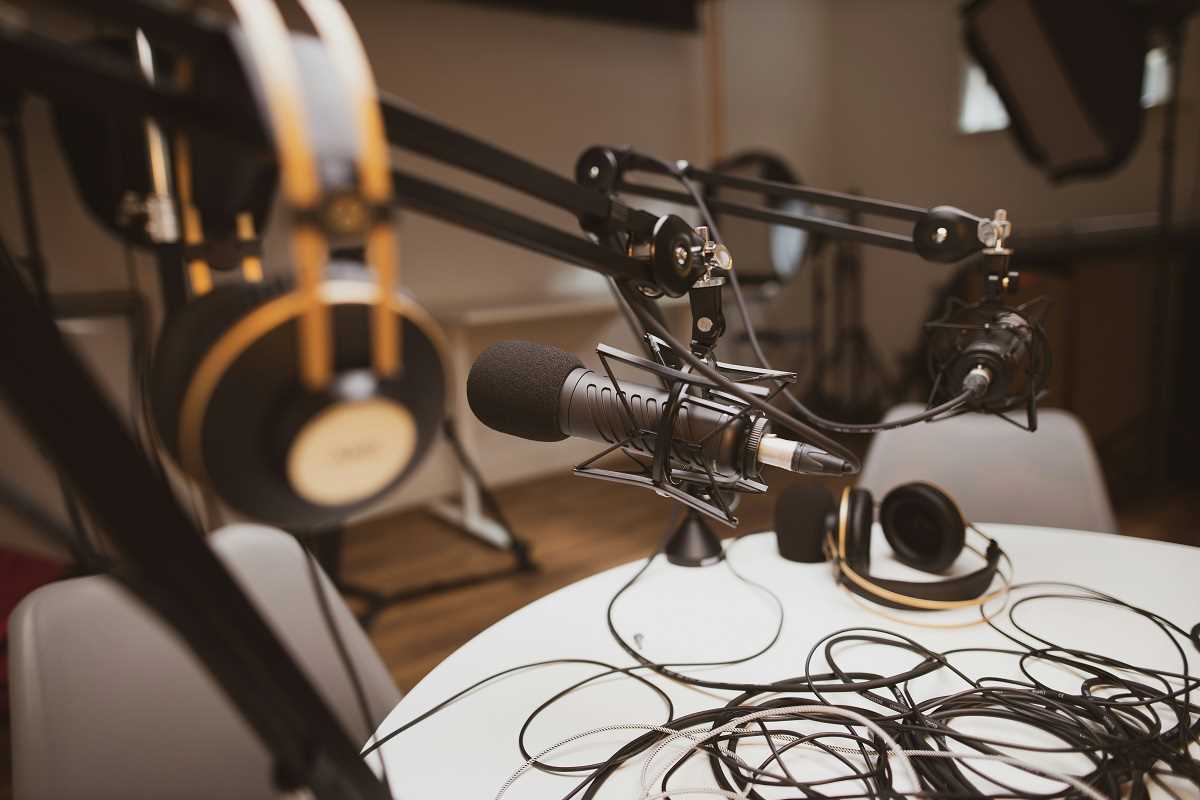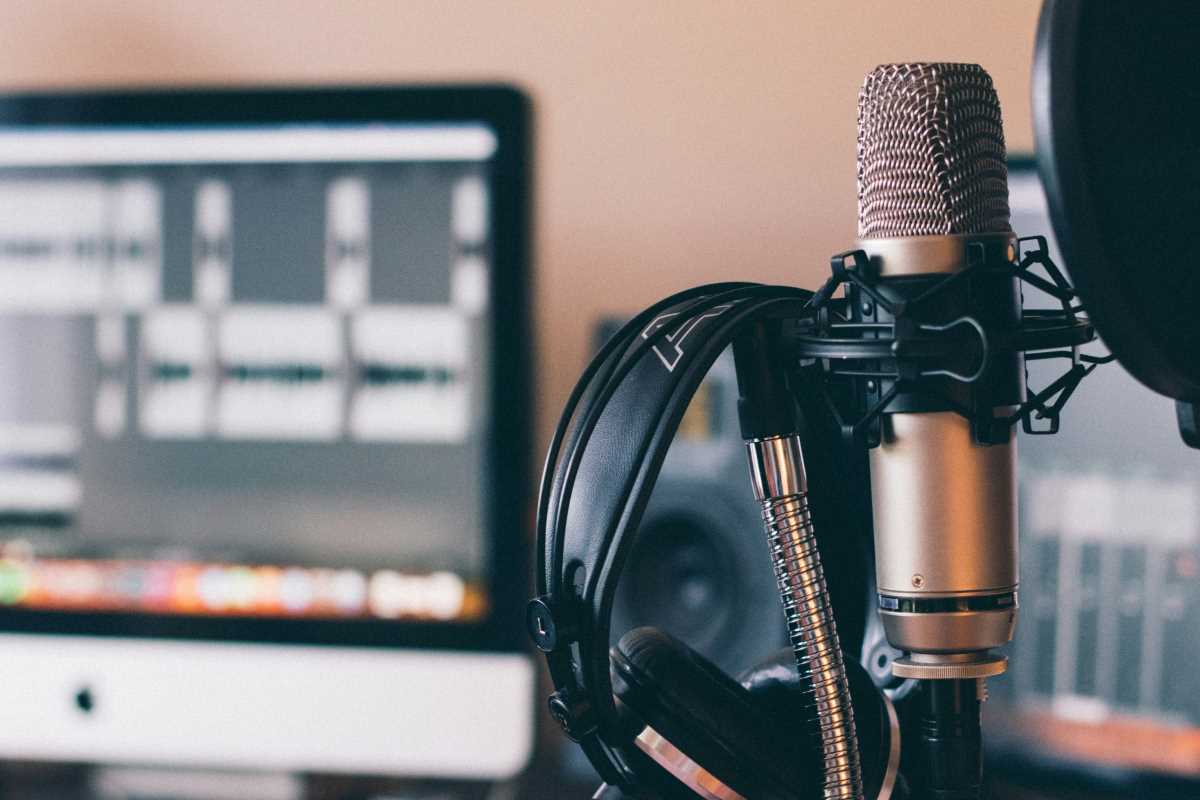Sunlight streams through open windows as you move from one inviting spot to another, balancing tasks with moments of exploration. Working outside a traditional office can boost both productivity and creativity when you have an approach designed for flexibility and change. By using adaptable methods, you can turn your laptop into a gateway for both getting things done and enjoying new surroundings. This introduction offers practical ideas that help you blend efficient work with a sense of adventure, making any place you choose feel like the perfect spot for your professional pursuits. Discover how to make every destination a comfortable and inspiring workspace.
Reconsidering the freedom of working remotely
Instead of focusing on the typical “benefits of” angle, let’s examine how changing your mindset opens new doors. Seeing each new workspace as a small adventure sparks curiosity: a sunrise beach view isn’t just scenic, it boosts your mental energy through new surroundings. Using short “location sprints”—two-week stays in different places—helps you notice patterns in your focus levels and resource needs. This approach shifts travel from a distraction to a series of small experiments in productivity.
Try pairing work sprints with local mini-goals: learning a new phrase each day or testing the internet speed at a new café. These side projects make routine tasks more lively and engaging. When deadlines and unexpected changes occur, a flexible plan that accepts change reduces friction more effectively than strict itineraries. This perspective offers new ways to include wanderlust in your work routine.
Hidden benefits of working on the move
Building adaptability through travel enhances your resilience. You’ll learn to troubleshoot weak Wi-Fi mid-task, handle unexpected paperwork at city offices, and develop networking connections in hostel lounges. These real-world challenges build resourcefulness that benefits every aspect of your professional life, preparing you to adjust when deadlines change or clients request last-minute modifications.
As you explore unfamiliar streets, you’ll also gain cultural insights that boost your brainstorming sessions and creative projects. A café chat in Lisbon might inspire a blog idea; a mountain trail in Costa Rica could spark imagery for branding. Working on the move not only manages your inbox but also broadens your creative toolkit with experiences you can draw on later in any project.
Steps to Create Your Portable Workspace
1. Device Choice
- Goal: Balance performance with portability.
- Setup:
- Select a laptop weighing less than 1.5kg to keep it light.
- Ensure at least 8GB RAM and SSD storage for multitasking.
- Test battery life through full-day simulations.
- Cost/efficiency: About $800–$1,200 for reliable models.
- Expert tip: Consider refurbished Dell or Apple ultrabooks to save up to 30% without losing durability.
2. Mobile Power
- Goal: Keep your devices charged without access to outlets.
- Setup:
- Use a solar-charging panel rated 20–25W to recharge smartphones and power banks.
- Carry a 20,000mAh power bank with pass-through charging.
- Position your panel toward the sun for at least three peak hours.
- Cost/efficiency: Around $60–$90 for mid-range options.
- Expert tip: Attach panels to your backpack with quick-release clips for charging on the go.
3. Connectivity Kit
- Goal: Maintain stable internet anywhere in the world.
- Setup:
- Get an unlocked mobile hotspot compatible with multiple bands.
- Purchase local SIM cards in each region for data plans.
- Switch between Wi-Fi and hotspot to prevent throttling.
- Cost/efficiency: About $50 for the device plus $10–$30 per local SIM.
- Expert tip: Keep a compact signal booster handy for remote areas with weak cell signals.
4. Workspace Organizer
- Goal: Set up a consistent workspace anywhere.
- Setup:
- Pack a foldable laptop stand adjustable for different desk heights.
- Bring a wireless keyboard and mouse in a padded pouch.
- Use a small mousepad with wrist support.
- Cost/efficiency: Approximately $25–$40 total.
- Expert tip: Use color-coded cable ties to keep chargers, USB cables, and earbuds organized and easy to find.
5. Noise Control
- Goal: Minimize distractions and stay focused.
- Setup:
- Invest in over-ear noise-canceling headphones.
- Download a white-noise app for noisy environments.
- Use soft foam earplugs when silence is crucial.
- Cost/efficiency: Headphones start at $80; earplugs cost less than $10 per pair.
- Expert tip: Carry a portable case that protects headphones and earplugs from damage inside your backpack.
Overcoming Internet Connection Problems
1. Local SIM Card Use
- Goal: Get affordable data in each area.
- Setup:
- Research major carriers upon arrival at airports or local shops.
- Choose prepaid plans with clear data limits and top-up options.
- Use carrier apps to track your usage daily.
- Cost/efficiency: Data plans cost between $5 and $25 for 5–20GB.
- Expert tip: Ask vendors for “tourist SIM” bundles—they often include extra international minutes and SMS credits.
2. Using a Day Pass for Co-Working Spaces
- Goal: Access fast internet when needed.
- Setup:
- Find co-working spaces that offer day-passes through online directories.
- Reserve your pass a day ahead to secure a spot.
- Pack all your essentials into one backpack for quick setup.
- Cost/efficiency: Usually $10–$30 per day.
- Expert tip: Visit during late morning hours for better chances at a seat with power outlets and natural light.
3. Mesh Wi-Fi Adapter
- Goal: Improve weak Wi-Fi signals in hotels or hostels.
- Setup:
- Plug the adapter into the room’s router.
- Use a smartphone app to set up a local network.
- Share network credentials across your devices easily.
- Cost/efficiency: About $40 for a portable model.
- Expert tip: Carry a small Ethernet cable to connect to wall ports where Wi-Fi signals are poor.
4. Offline Backup
- Goal: Keep your data accessible during outages.
- Setup:
- Save important files to an external SSD.
- Use note-taking apps with offline modes enabled.
- Check sync status briefly after turning on devices.
- Cost/efficiency: 500GB SSDs start around $50.
- Expert tip: Label folders by project and date for quick retrieval without internet access.
5. Using External Links
- Goal: Provide additional reading on remote setups.
- Setup:
- Offer context for deeper curiosity.
- Embed relevant links naturally within your writing.
- Match the tone so it blends seamlessly.
- Expert tip: Tease the link with a preview to encourage clicks and curiosity.
Daily routines to keep your focus sharp on the road
Stay focused on the road by blending structured work blocks with energizing breaks and daily goal-setting. Use tools like a focus timer, travel journal, and light exercise to maintain rhythm and clarity. With flexible routines and the right mindset, every day becomes a chance to grow—both professionally and personally—no matter where you are.
 (Image via
(Image via





